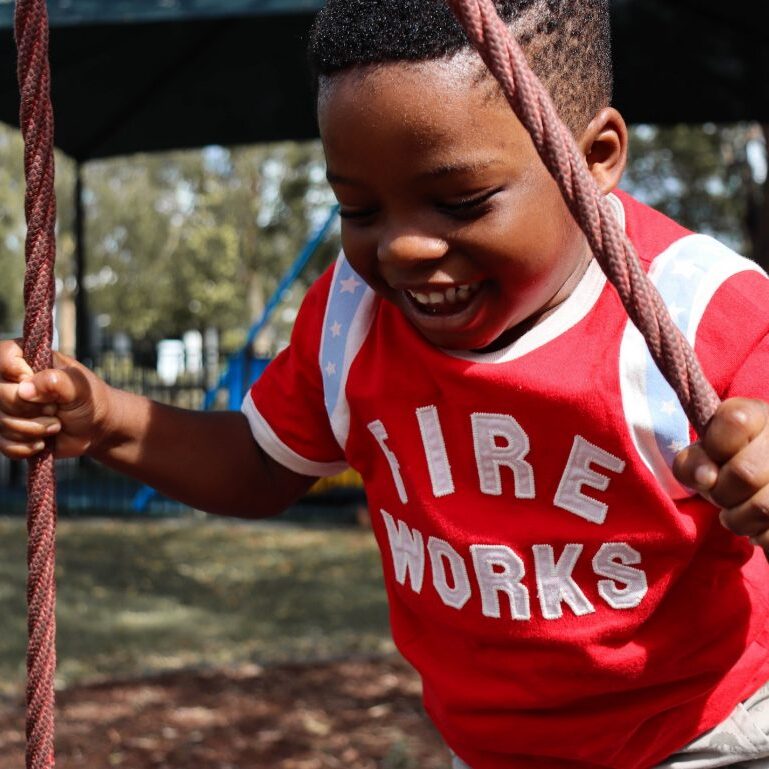Health Risks from Air Pollution: Costs of Relaxing Standards
His work with other researchers on the health effects of ozone exposure has focussed on the cardiovascular effects

Celebrate Earth Day with leading experts in environmental health as they share the latest research on climate-related risks and children’s health.
Featured Speakers & Topics:
We’ll follow up with the Zoom link and an ical appointment.

His work with other researchers on the health effects of ozone exposure has focussed on the cardiovascular effects
Megan J. Wolff, PhD, MPH, will deliver dynamic and in-depth lecture on what is known – and what